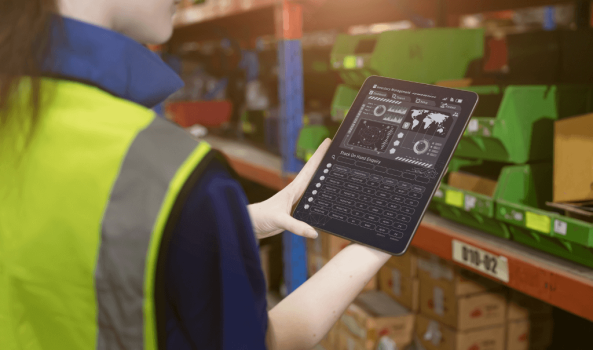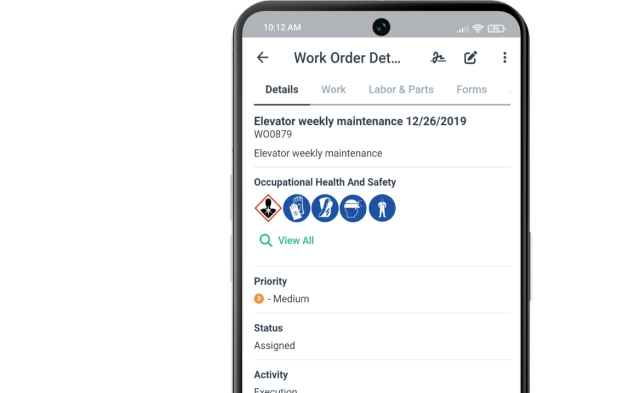Get a Free WorkTrek Demo
Let's show you how WorkTrek can help you optimize your maintenance operation.
Try for freeAs technology advances, machines are becoming more automated, and that raises the bar for modern maintenance.
Fortunately, software is evolving, too.
Today’s maintenance tools can automate entire workflows, connect directly to your equipment, and even predict failures before they happen.
Below, we break down six powerful solutions that can help you take maintenance automation to the next level.
WorkTrek
We’ll start with WorkTrek, our user-friendly, feature-rich Computerized Maintenance Management System (CMMS) designed to simplify your maintenance operations.
Whether you’re managing one facility or multiple sites, WorkTrek helps automate a wide range of maintenance processes, including:
- Work request management
- Work order management
- Preventive maintenance
- Asset management
- Work log tracking
- Checklists and inspections
- Parts and inventory control
- Cost tracking and invoicing
- Project and task coordination
These workflows become far less manual when everyone on your team can access the WorkTrek app from any internet-connected device—desktop, laptop, tablet, or smartphone.
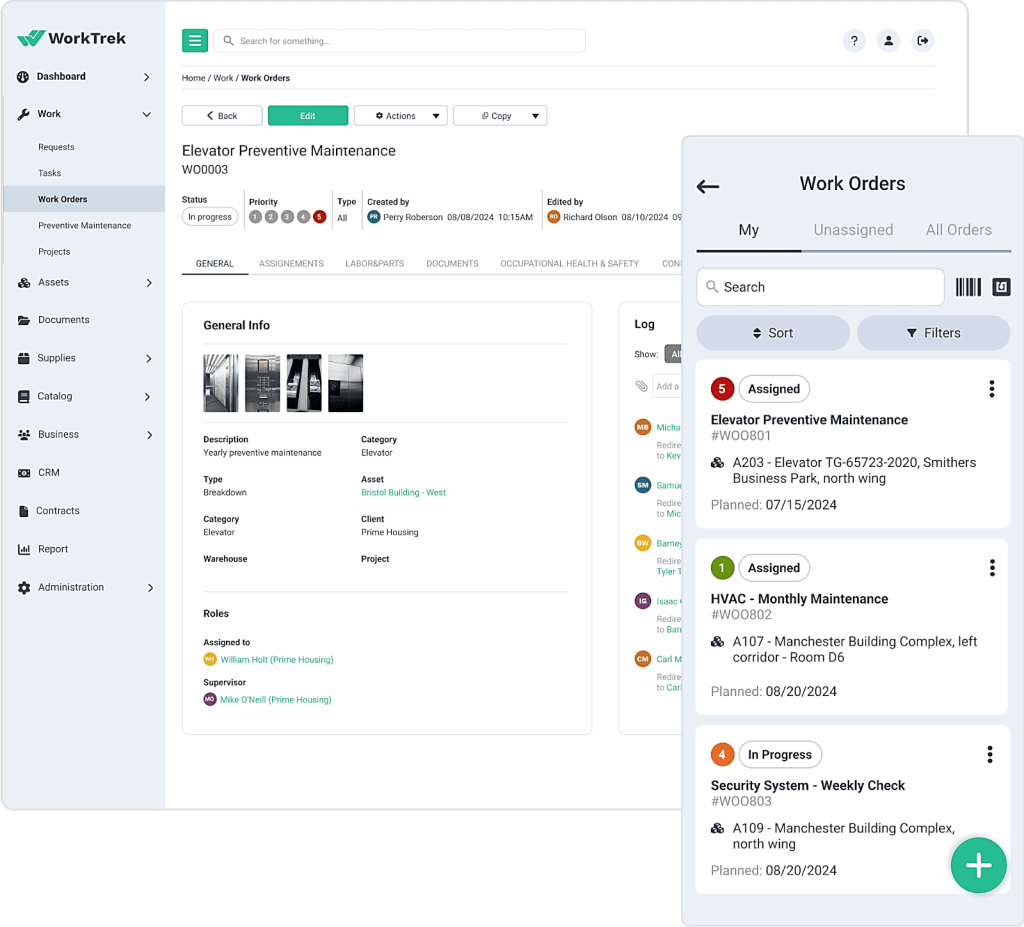
Along with easy online access, WorkTrek also keeps things running smoothly when there’s no internet.
Any actions taken offline are automatically synced once the connection is restored.
Let’s break down what automated maintenance looks like in WorkTrek—from the point of view of those reporting issues, those managing the work, and those completing it.
First, licensed users (employees) and an unlimited number of free users (guest requesters) can submit maintenance requests through the WorkTrek mobile app, the web-based request portal, or by email.
Below, you can see how a request looks when submitted through the mobile app.
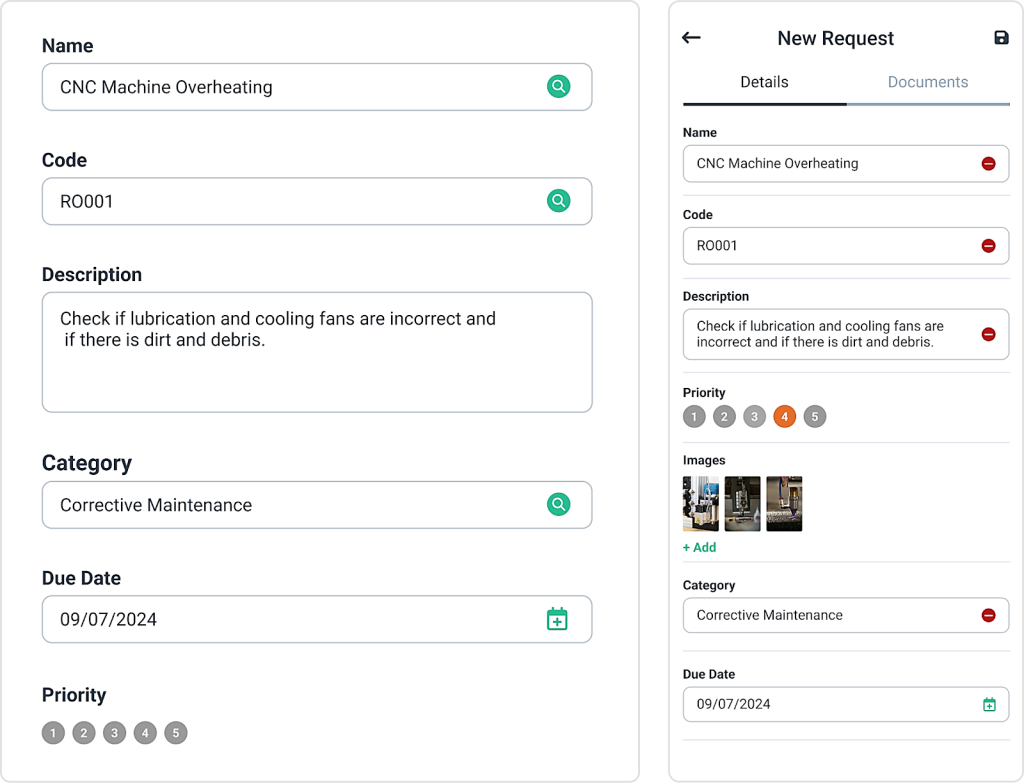
Once a request has been submitted, the manager gets a real-time notification in the WorkTrek app.
From there, they can approve it, generate a work order, assign a technician, and set the priority.
But that’s just the beginning.
WorkTrek gives managers full control over maintenance activities—from scheduling preventive maintenance and tracking inventory levels to monitoring work order progress and real-time costs.
They can also auto-generate reports, identify trends, and make informed decisions using built-in dashboards and analytics.

Once a work order or task has been assigned, the manager can track progress in real time and respond to technician questions on the go.
As for technicians, they’re instantly notified of new assignments through the WorkTrek app.
Each work order clearly shows what needs to be done, its priority level, and any relevant notes or attachments.
Using the app, technicians can:
- Get real-time alerts for assigned tasks
- Check inventory and tool availability before heading out
- Complete digital checklists and close work orders from the field
- Log work performed and site conditions to support future maintenance
To illustrate, here’s an HVAC service work order alongside the technician’s work log entries.
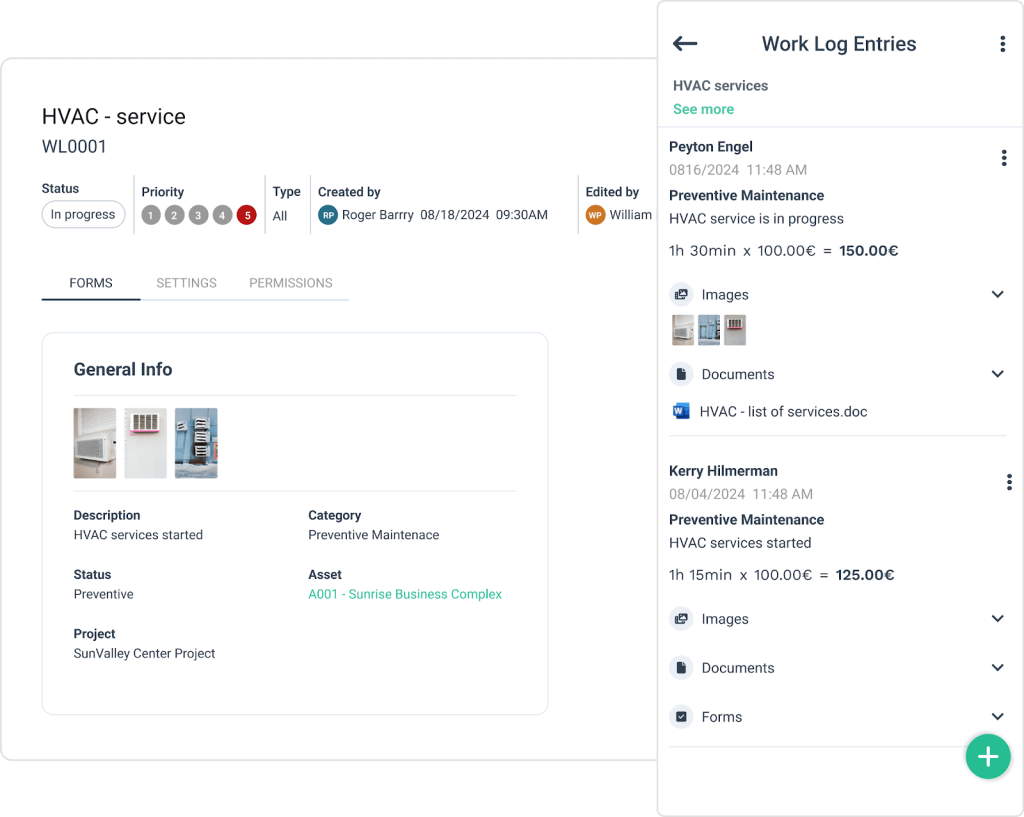
In addition to automating daily maintenance workflows for users, managers, and technicians, WorkTrek also supports more advanced strategies such as condition-based maintenance.
You can automatically generate work orders based on triggers such as operating hours, mileage, or other usage metrics, which makes your maintenance efforts more targeted and cost-effective.
WorkTrek also easily integrates with third-party IoT sensors that capture real-time data, helping you move toward predictive maintenance and further reduce unplanned downtime.
Finally, let’s talk about pricing.
Here’s a breakdown of our three pricing tiers:
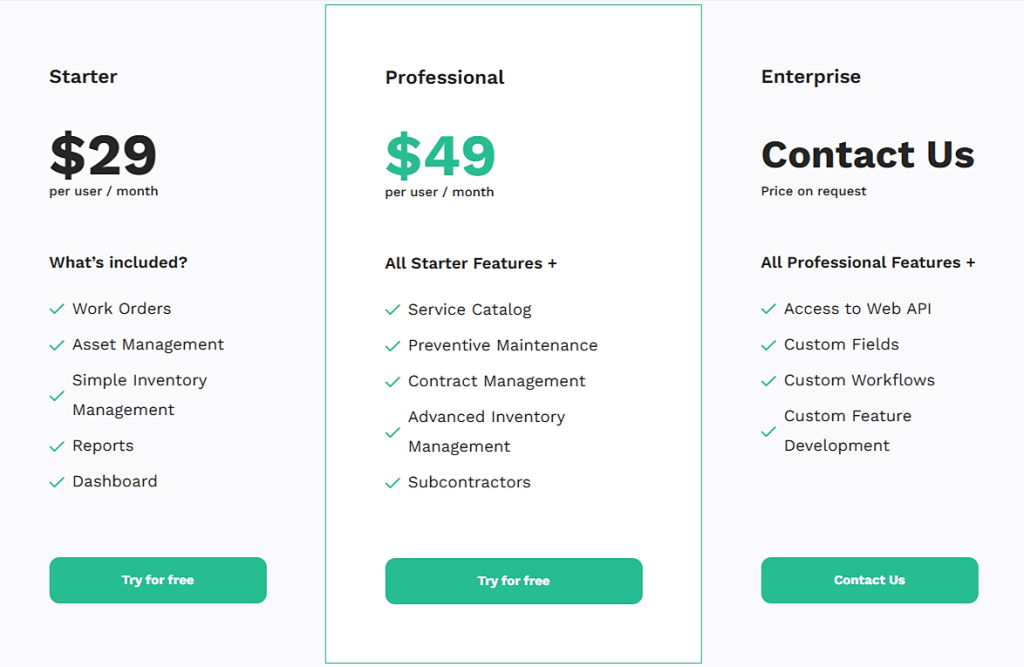
Unlike some other solutions on our list, all WorkTrek pricing plans include unlimited guest requests and full access to the mobile app.
As shown above, you can try WorkTrek for free by starting with a no-commitment demo, followed by access to a test account.
In addition, WorkTrek is consistently praised by users for its intuitive interface, field-tested features, and responsive customer support.
Overall, WorkTrek is a powerful yet user-friendly CMMS that helps streamline operations, reduce downtime, and automate the entire maintenance workflow.
UpKeep
UpKeep is a feature-rich CMMS that, when paired with its available add-ons, delivers complete maintenance automation.
This includes everything from managing service requests and work orders to enabling sensor-based predictive maintenance with real-time alerts.
Here are just some of UpKeep’s core features:
- Work order management
- Preventive maintenance
- Asset management
- Parts and inventory tracking
- Analytics and reporting
As expected, UpKeep is cloud-based and optimized for use on any internet-connected device.
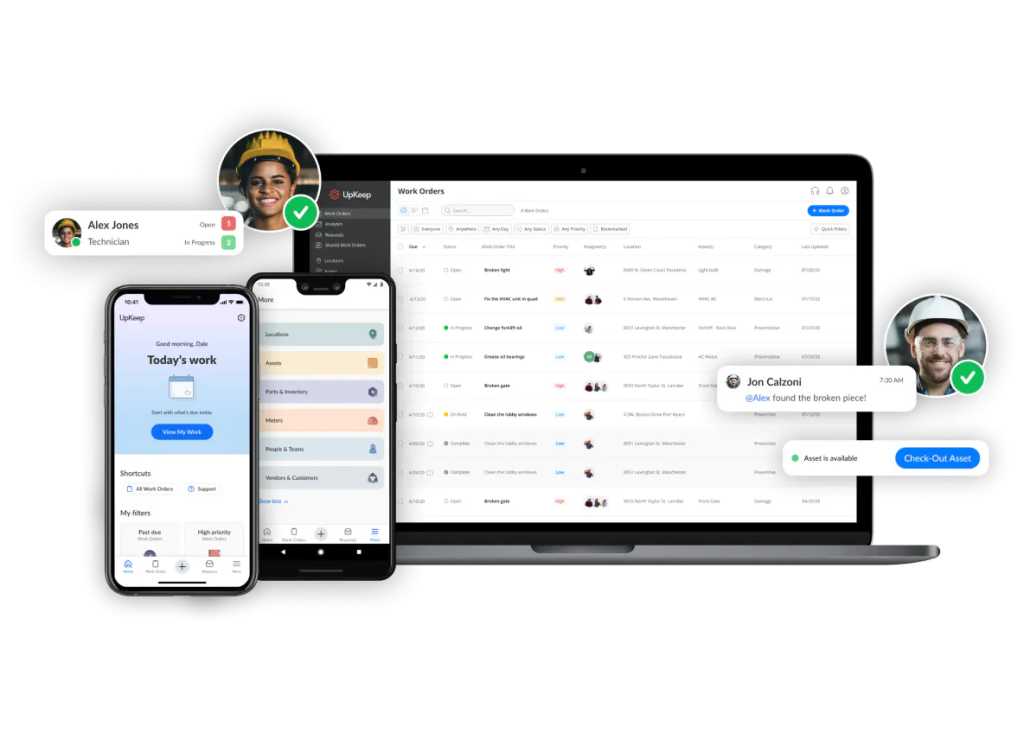
However, it’s important to note that offline functionality and automatic data syncing are only available in the higher-tier pricing plans.
On the IoT front, UpKeep offers a major add-on called Edge.
Edge is a bundled solution that includes wireless sensors, IoT gateways, and a web platform. Together, they enable real-time monitoring of equipment condition.
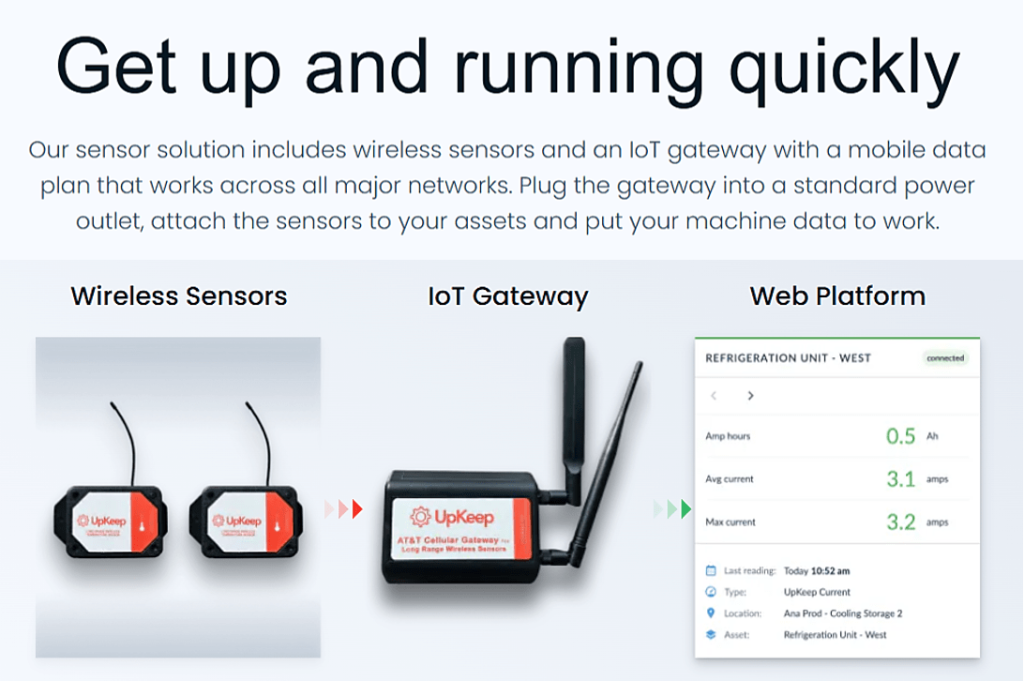
This setup enables a fully automated maintenance workflow when combined with UpKeep’s analytics and reporting tools.
As for pricing, here are UpKeep’s available CMMS packages:
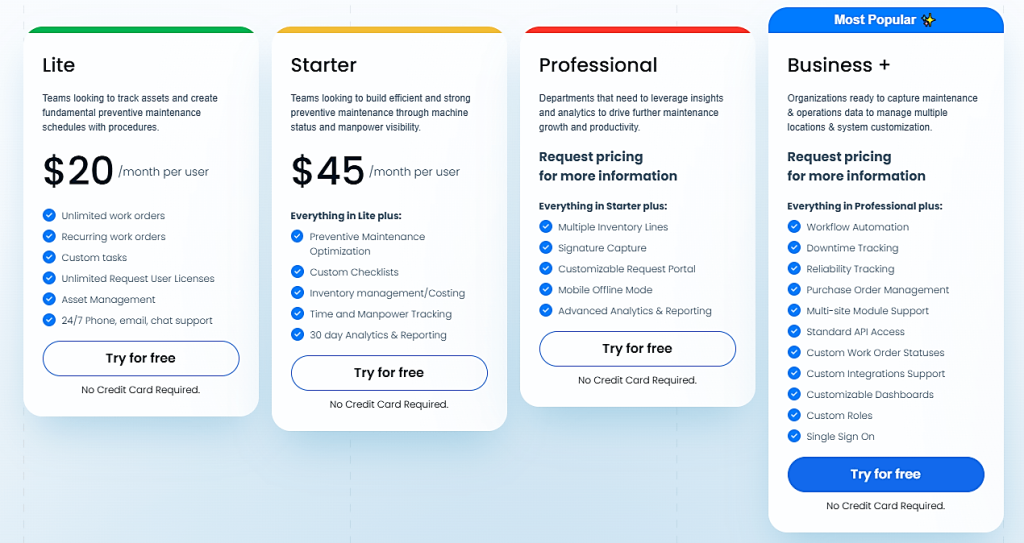
Note that Edge—UpKeep’s IoT integration solution—is priced separately.
Also, some features, including offline access and advanced analytics, are only available in higher tiers, which require a custom quote.
Overall, UpKeep’s intuitive interface and strong mobile capabilities make it a versatile solution for teams looking to automate their entire maintenance operation.
Accruent Maintenance Connection
Maintenance Connection by Accruent is a purpose-built CMMS designed to streamline maintenance workflows, minimize unplanned downtime, and support proactive maintenance strategies.
While it isn’t marketed as an EAM, its broad feature set covers everything from work order creation and asset tracking to inventory management and labor scheduling.
It’s especially well-suited for large organizations in highly regulated industries that require robust audit trails, detailed reporting, and electronic signature capabilities.
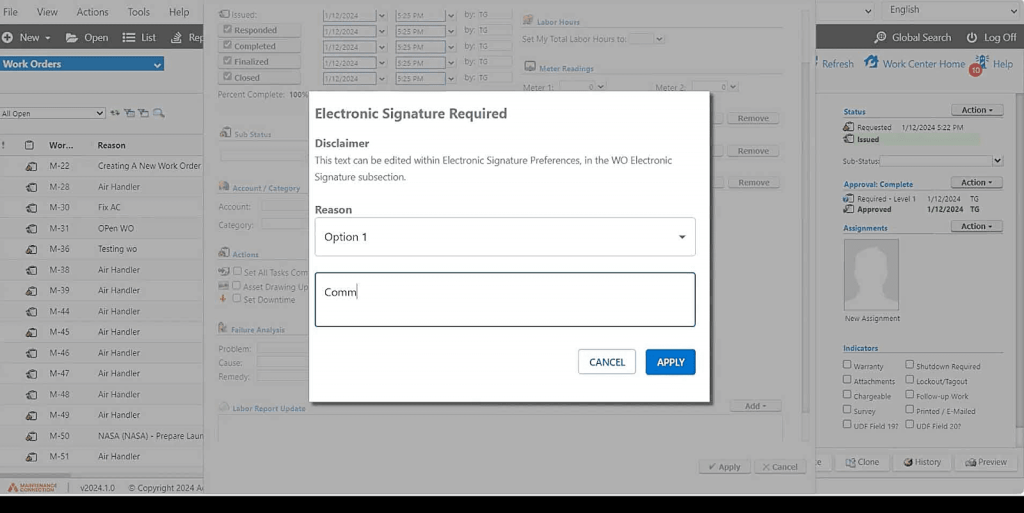
These features help centralize documentation and automate compliance-related tasks, such as securing approvals and ensuring traceability for standards like FDA 21 CFR Part 11 and ISO 27001.
Maintenance Connection is a cloud-based platform that can be hosted either on your servers or on Accruent’s infrastructure.
It also offers a mobile app for on-the-go access, though this is treated as an add-on and priced separately per user.
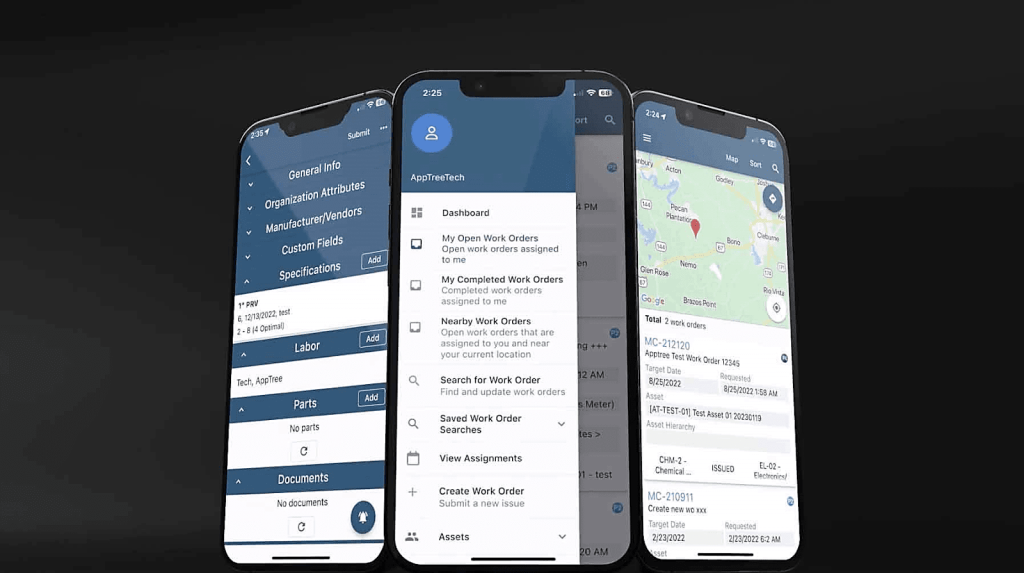
Maintenance Connection’s predictive maintenance (PdM) module leverages historical equipment data and condition monitoring to anticipate failures and fine-tune maintenance schedules.
In addition to advanced dashboards and customizable trigger alarms, the platform offers native integrations with IoT sensors and other monitoring tools.
In terms of pricing, the core CMMS package includes unlimited work orders, preventive maintenance scheduling, inventory management, reporting, and basic IoT integration.
As mentioned earlier, the mobile app is charged separately at $58 per user per month.
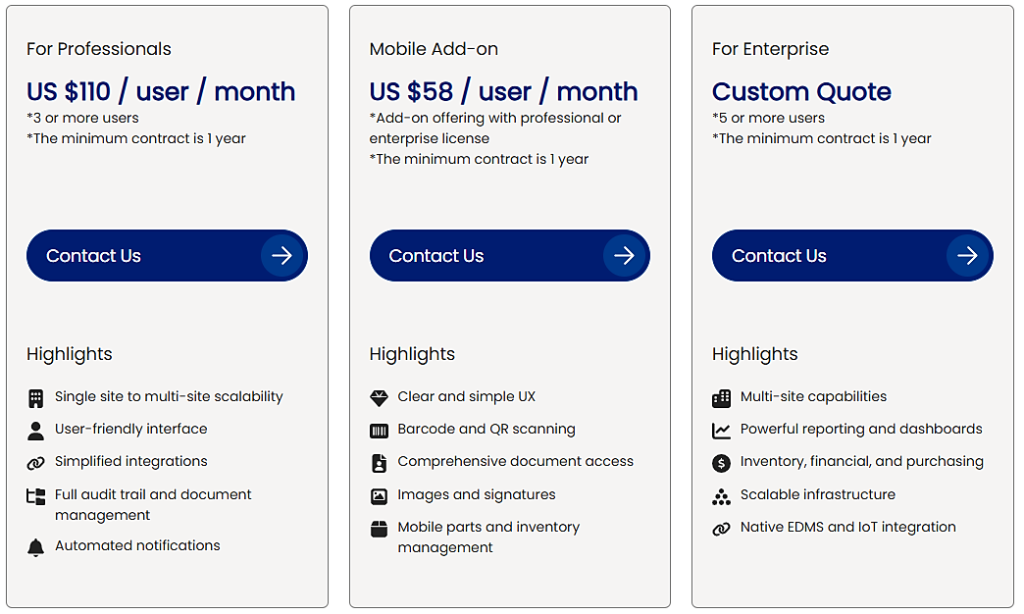
Despite being on the pricier side, Maintenance Connection earns praise from users for its extensive features and high degree of customization.
However, some have reported issues with data imports and noted limited functionality in certain modules.
That said, a free trial is available, making it easy to test whether the platform aligns with your automation needs.
Overall, Maintenance Connection is a strong choice for large organizations with complex compliance requirements and a need for cross-departmental collaboration.
Fracttal One
Alongside UpKeep, Fracttal One is another CMMS that leverages automation, AI, and IoT to streamline and optimize maintenance operations for organizations of all sizes.
Its automation capabilities are extensive and include:
- Management of maintenance requests
- Work order and task management
- Asset management and HR
- Operational control and SLA
- Inventory and resource management
- Predictive maintenance and condition monitoring
- Reporting and analytics
Fracttal One also takes a mobile-first approach, supporting seamless field operations—even in offline mode.
For example, both licensed users and guests can submit maintenance requests through various channels, including QR and NFC asset tags.

While multiple request channels are now standard in modern CMMS platforms, an integrated AI assistant—named Tony—is still a novelty.
Designed to function like ChatGPT, Tony allows users to ask questions and receive helpful, actionable responses, making it easier to save time and optimize daily maintenance tasks.

Shifting its focus from workflow automation to IoT-enabled capabilities, Fractal One positions itself as a comprehensive solution by offering its own line of sensors.
These devices continuously monitor asset health indicators—such as temperature, vibration, and pressure—while Fracttal One’s analytics tools help predict when maintenance is needed.
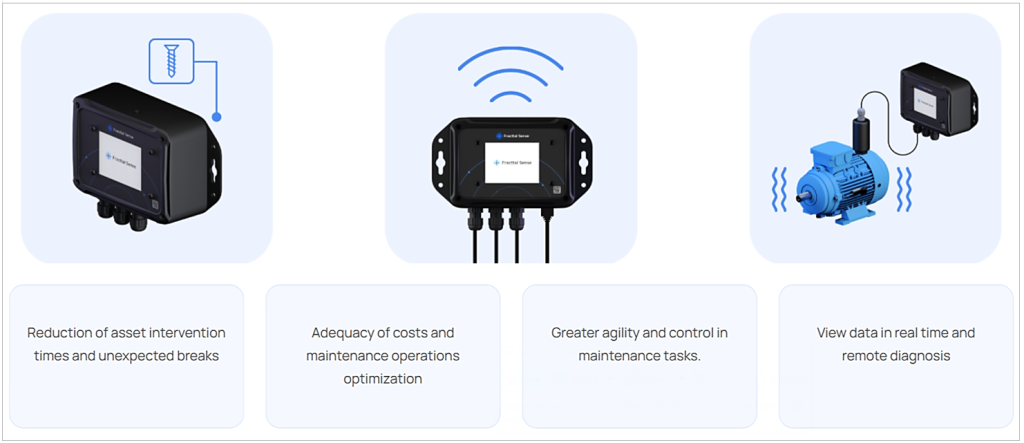
As for drawbacks, some users have noted the absence of automatic work time tracking—a feature typically standard in many CMMS platforms.
Another limitation is the lack of upfront pricing information.
While you can book a demo and sign up for a free trial, pricing is available only upon request.
Here’s what the process looks like:

Despite its quote-based pricing, Fracttal One is worth considering as an end-to-end maintenance automation solution that combines AI and IoT to deliver powerful, data-driven results.
SAP Plant Maintenance
SAP Plant Maintenance (SAP PM) is a dedicated module within the broader SAP ERP system designed to manage all aspects of maintenance in industrial and production environments.
In terms of scope, it sits somewhere between a CMMS and an EAM, with its maintenance functions usually deeply integrated with other SAP modules.
SAP PM automates a wide range of maintenance processes, including:
- Work order management
- Preventive maintenance scheduling
- Notification management
- Resource coordination
- Inventory integration
- Cost tracking and analysis
- Reporting and compliance
To illustrate, here’s a screenshot of the SAP PM analytics dashboard with KPIs:
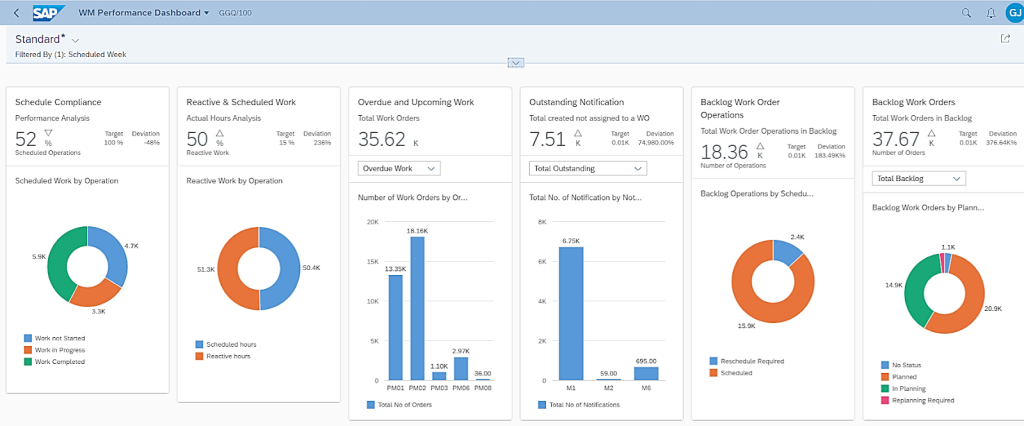
Many users praise SAP PM for its powerful, comprehensive features and its seamless integration with other SAP modules, such as:
- Materials Management (MM)
- Production Planning (PP)
- Financial Accounting & Controlling (FICO)
- Human Resources (HR)
- Quality Management (QM)
- Sales & Distribution (SD)
These capabilities make SAP PM a strong fit for large organizations looking for full asset lifecycle management across departments.
However, some users report that the system is not very user-friendly, comes with a steep learning curve, and typically requires a specialized in-house team to implement and operate effectively.

Many of the issues mentioned above are addressed through the Unvired Mobility App, which integrates seamlessly with SAP PM, SAP ERP, and SAP S/4HANA.
It equips technicians with everything they need to manage work orders in the field, offering features such as offline access, map view, barcoding, work approvals, electronic signatures, and more.
You can learn more about these versatile SAP-compatible mobile apps in this short video:
Beyond mobile functionality, SAP PM also supports IoT sensor integration to monitor key asset parameters such as temperature, vibration, and pressure in real time.
As for pricing, SAP offers quote-based plans tailored to your deployment size, user count, and specific business needs.
The mobile app is also charged separately.
To recap, SAP PM is a robust, enterprise-grade CMMS.
It is best suited for large organizations that need advanced maintenance automation and deep system integration across departments, even if that comes with added complexity.
Conclusion
There are several factors to consider when selecting the right maintenance automation solution, including your organization’s size and industry, as well as the complexity of your operations.
It’s equally important to define your priorities, whether that’s simplicity and ease of use or advanced features like IoT integration.
Take the time to evaluate your shortlisted providers carefully, ask all the right questions, and make full use of free trials and demos.







